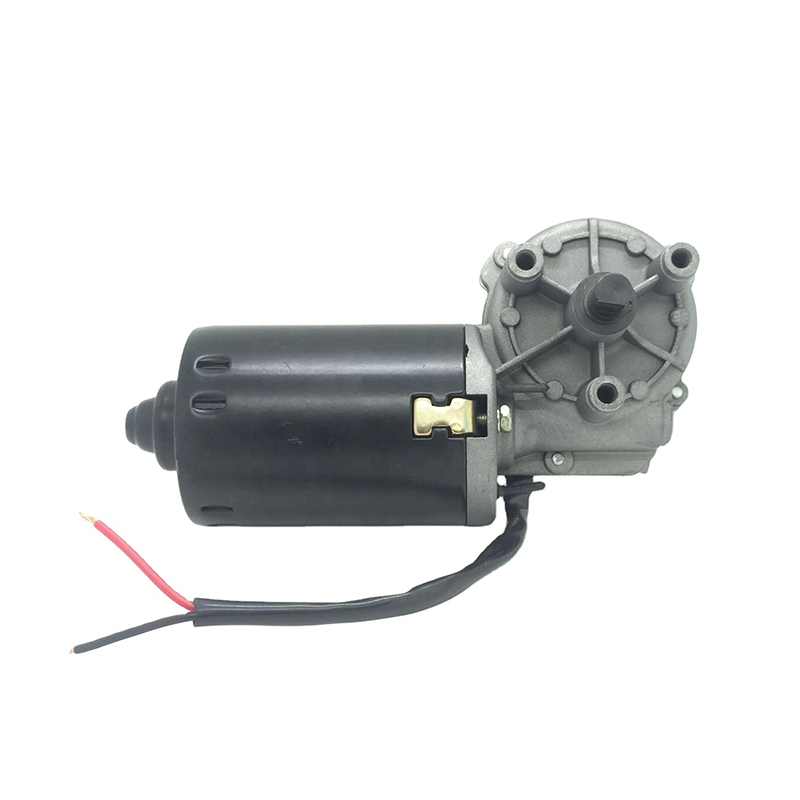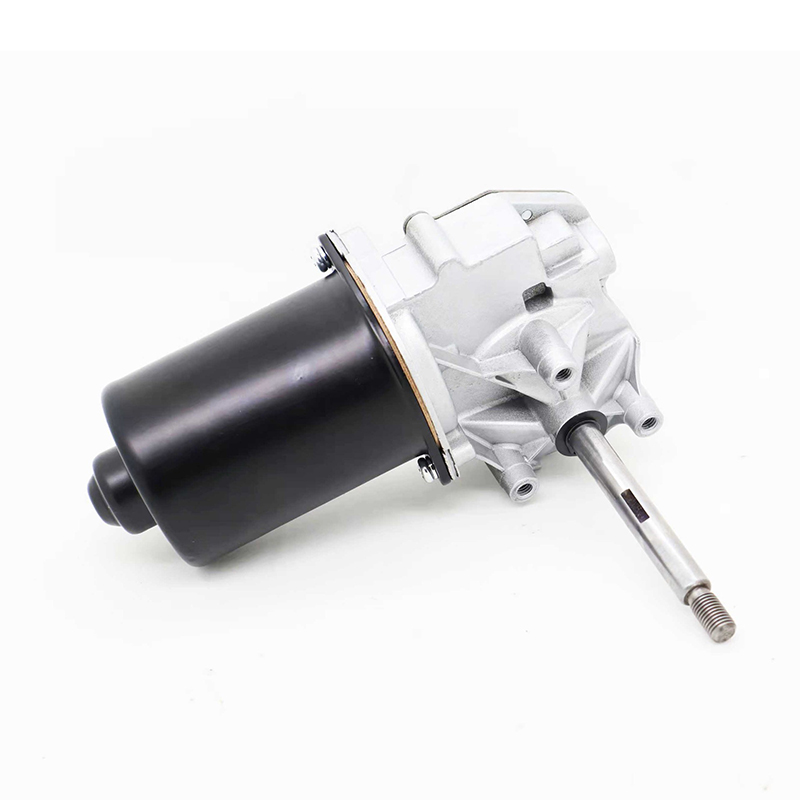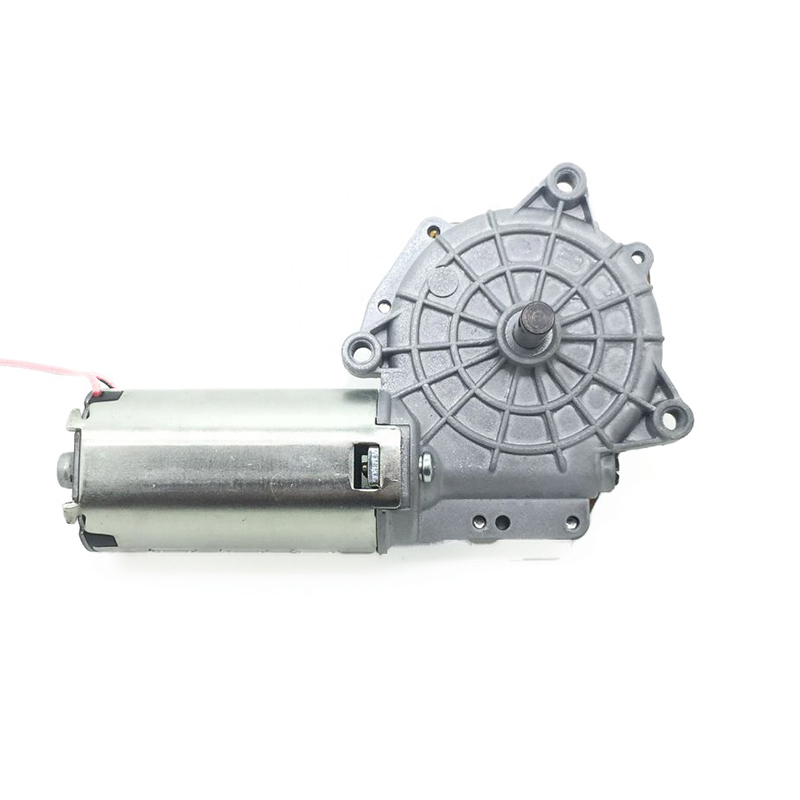 +86-0577-66009580
+86-0577-66009580
 juntmotor@126.com
juntmotor@126.com

Understanding the factors that sway these prices is akin to mastering the market's tempo. Whether it's for a 3 phase gear motor or an AC gear motor low rpm application, the dynamics of pricing are multifaceted and interconnected.
Raw Material Costs:
The single phase gear motor price is fundamentally linked to the cost of raw materials. Steel, copper, and other metals form the backbone of these motors, and their prices on the global market can significantly influence the final cost. Fluctuations in the cost of these commodities can directly impact the single phase gear motor price, making it a pivotal factor to consider.
Manufacturing Technology:
The sophistication of manufacturing technology plays a crucial role in determining the single phase gear motor price. Advanced techniques reduce waste, increase efficiency, and can cause cost savings that can be passed on to consumers. As technology evolves, the cost of producing AC gear motor low rpm units may decrease, potentially lowering the single phase gear motor price.
Energy Efficiency Regulations:
Government regulations on energy efficiency can also sway the single phase gear motor price. As standards become stricter, manufacturers may need to invest in research and development to meet these requirements, which could increase the cost of production. However, in the long run, these investments can cause more efficient 3 phase gear motors and AC gear motor low rpm models, potentially reducing energy costs for consumers.
Market Demand:
The law of supply and demand is a fundamental economic principle that shapes the single phase gear motor price. When demand for these motors is high, manufacturers can command higher prices. Conversely, during periods of low demand, the single phase gear motor price may decrease to stimulate sales. The fluctuating nature of market demand adds an element of unpredictability to the pricing landscape.
Brand Reputation and Quality:
Brand reputation and the perceived quality of a single phase gear motor can also affect its price. Consumers are often willing to pay a premium for motors from well-known manufacturers with a history of reliability and durability. This can cause higher single phase gear motor prices for top-tier brands, as customers are willing to invest in the assurance of quality.
Competition:
In a competitive market, the single phase gear motor price can be significantly influenced by the actions of competitors. Price wars can erupt, with manufacturers lowering their prices to gain market share. This can cause a temporary decrease in the single phase gear motor price but may also result in a race to the bottom, impacting the overall quality and innovation within the industry.
Innovation and R&D:
Investment in research and development can cause new technologies and improvements in single phase gear motors. While these innovations can enhance performance and efficiency, they can also increase the initial cost of production, which may be reflected in the single phase gear motor price. However, over time, as these technologies become more mainstream, the cost may decrease, making them more accessible to a broader market.
Economic Factors:
Broader economic factors, such as inflation, currency exchange rates, and trade policies, can also have an impact on the single phase gear motor price. These factors can affect the cost of raw materials, manufacturing, and distribution, ultimately influencing the price at which these motors are sold.
In conclusion, the single phase gear motor price is shaped by a complex interplay of factors, from raw material costs to market demand. Understanding these dynamics is essential for manufacturers, suppliers, and consumers to make informed decisions in the market.

